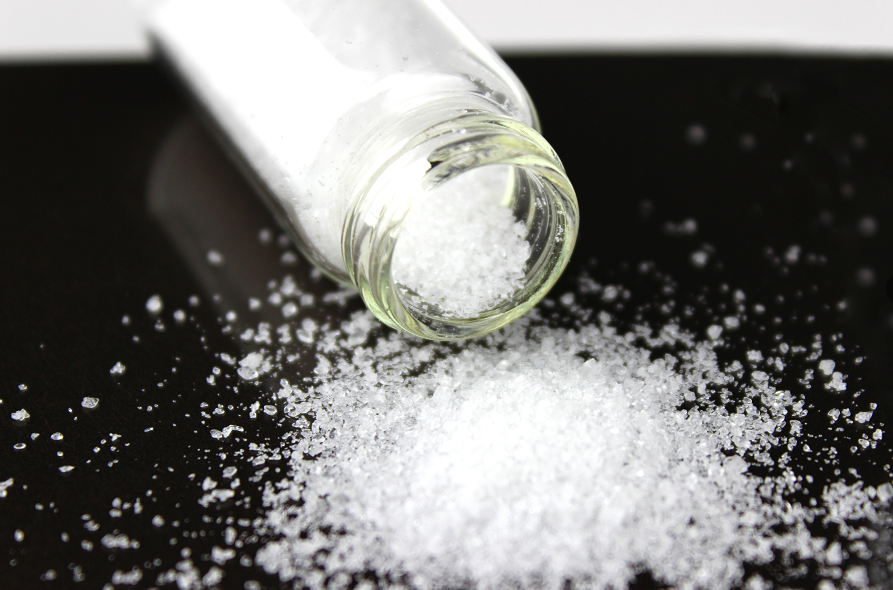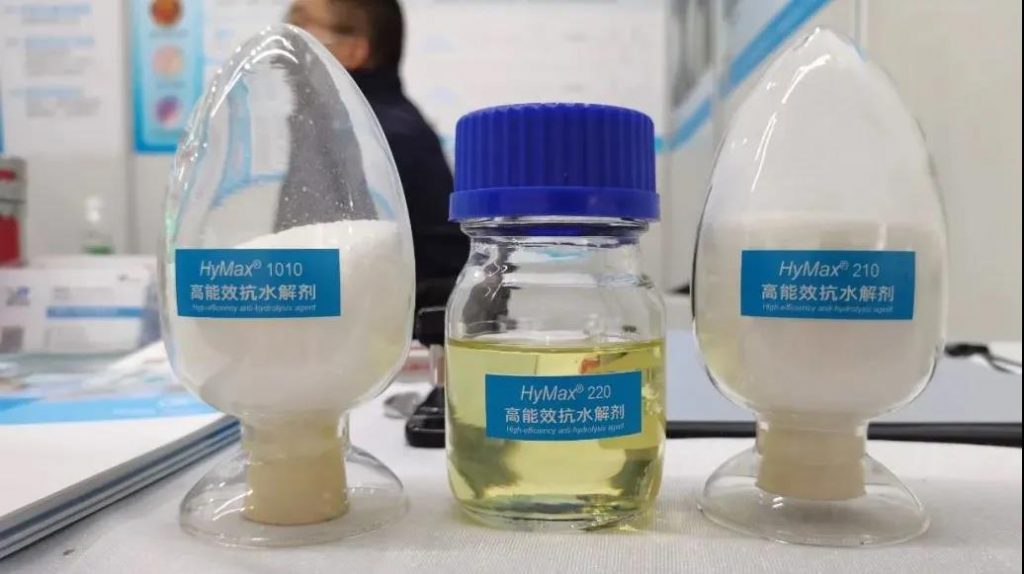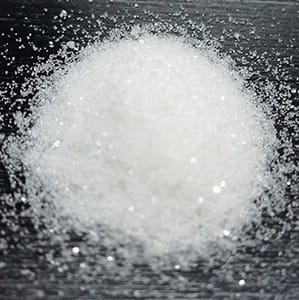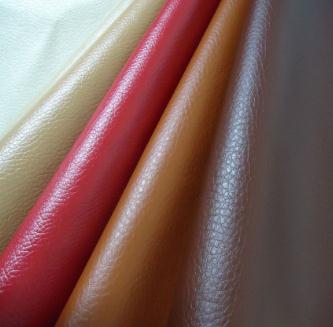What is High-Temperature High-Pressure Hydrolysis Aging Test?

High-Temperature High-Pressure Hydrolysis Aging Test is a testing method used to evaluate the durability and performance changes of materials under high-temperature and high-pressure water environments. In this test, samples are typically prepared in the form of films, coatings, or test pieces. These samples are exposed to high-temperature and high-pressure water environments to simulate extreme conditions […]
The difference between monomeric anti-hydrolysis agent and polymeric anti-hydrolysis agent

Polyester polymer materials are prone to hydrolysis in humid environments, especially in humid and hot environments. A large number of terminal carboxyl groups are generated in the broken polyester molecular chains after hydrolysis, and the terminal carboxyl groups will continue to catalyze the hydrolysis reaction. Finally, the polyester materials break due to hydrolytic aging. In order to improve the hydrolysis […]
Characteristics of waterborne polycarbodiimide crosslinking agents
-1024x588.jpg)
Water-based coatings are one of the trends in future development. Compared with traditional solvent-based coatings, water-based coatings have obvious deficiencies in adhesion to substrates, wear resistance, solvent resistance, and hydrolysis resistance. By utilizing the three-dimensional cross-linking effect of the cross-linking agent, the above deficiencies can be effectively improved. Common crosslinking agents include aziridine, isocyanate, and […]
What is the function of anti-hydrolysis agent ?

Anti-hydrolysis agent, also known as hydrolysis stabilizer, is a chemical substance with very stable performance. It does not react with strong oxidants such as peroxides, sulfuric acid, accelerators and other reducing agents at room temperature or slightly higher temperature. For PET/polyester materials, under the conditions of high humidity and high temperature, the ester bonds in the molecular chain are easily […]
Comparison of different categories of crosslinking agents

What is HyMax CA water-based polycarbodiimide crosslinking agent? HyMax CA Water-based polycarbodiimide crosslinking agent is a polymer containing carbodiimide groups and hydrophilic groups. It is environmental friendly with no solvent and VOCs. Which application areas is HyMax CA water-based polycarbodiimide crosslinking agent suitable for? PUD (Polyurethane dispersion) acrylic emulsion Carboxylic acid modified resin (SBR, NBR latex, […]
What are the commonly used plastic additives?

The main purpose of adding additives to plastics is to improve processing performance, increase efficiency and reduce costs. Plastic additives occupies a small proportion in plastic materials, but they have a great impact on the quality of plastic products. Different types of plastics require different types and amounts of additives due to different molding processing methods […]
What is polycarbodiimide crosslinking agent?

What is polycarbodiimide crosslinking agent? 1. polycarbodiimide crosslinking agent Polycarbodiimide is a new type of crosslinking agent in the coating industry. Because it can be emulsified in water by introducing hydrophilic groups, it can be used for crosslinking of water-dispersed coating agents. When polycarbodiimide crosslinking agent is used, the coating agent is required to have […]
Application of carbodiimide

Overview of carbodiimide Polyurethane materials have a wide range of uses. Polyurethane elastomer is an important part of polyurethane materials. The products obtained by the reaction of polyester polyols and isocyanates have been recognized by the market for their excellent impact resistance and abrasion resistance. application of carbodiimide Carbodiimide’s application include polyurethane thermoplastic elastomers, polyurethane microporous […]
What is carbodiimide?

Carbodiimide, contains N=C=N functional groups, and is a commonly used dehydrating agent. It is generally prepared by thiourea losing hydrogen sulfide or urea losing water, and hydrolyzed to obtain urea derivatives. Mainly used to activate carboxyl groups to promote the formation of amides and esters. Basic Information of carbodiimide English name: Carbodiimide Alias: 1-(3-dimethylaminopropyl)-3-ethylcarbodiimide hydrochloride […]
